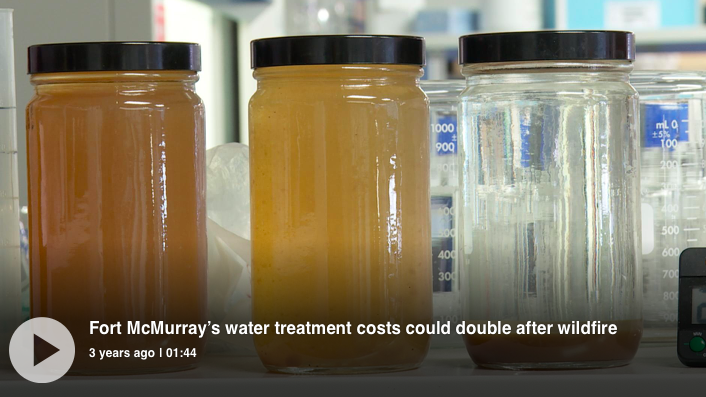Leading up to your appointment, some pertinent information that will hopefully satisfy any questions or concerns regarding if this method of sampling is right for you –
The minimum number of non-viable air samples we can take is 2, as each time fungal air quality testing is performed, each visit requires a control sample/ baseline from outdoors. That being said, unless previously discussed with you (the client), a general mould quote provided will always list 1 indoor and the associated outdoor control factor sample. If you wish to include more at the time of our visit that will be added to the quote as an upgrade to the scope. It is recommenced each area of concern have its own sample performed as these aid in creating a map of variability throughout the house as well as highlights any potential hidden areas resulting in higher amplification that may be previously unknown.
The method we utilize for air quality sampling for microbiological contaminants is via the Air-O-Cell™ Air Sampling cassette is a sampling device designed for the rapid collection and analysis of a wide range of airborne aerosols. These include fungal spores, pollen, insect parts, skin cell fragments, fibers, and inorganic particulates. Air enters the cassette, the particles become impacted on the sampling substrate, and the air leaves through the exit orifice. The airflow and patented cassette housing is designed in such a way that the particles are distributed and deposited equally on a special glass slide contained in the cassette housing called the ``trace."
Please refer below for the benefits and disadvantages of performing air sampling versus direct examination.
AIR SAMPLING COLLECTION
BENEFITS
Useful for initial site testing, especially if fungal growth is not visible. Quick and simple procedure. Fast turnaround times available. Low chance of sample contamination.
DISADVANTAGES
Fungi cannot be fully speciated with this method. For example, Aspergillus sp. and Penicillium sp. are normally reported together due to the similarities in spore morphology. Spore viability cannot be assessed. Distinguishing between species is often request when there is attempts to identify health concerns and symptoms related to the individual mould types.
If there is visible mould found, we can also perform tape lift and swab samples to identify the species type. Tape lift, bulk and swab sampling, are techniques used for direct examination. A direct exam allows for the immediate determination of the presence of fungal spores as well as what types of fungi are present. Direct examinations should only be used to sample visible mold growth in a contaminated area since most. Most surfaces collect a mixture of fungal spores that are normally present in the environment.
SWABS, TAPE LIFT, BULK SAMPLE COLLECTION
BENEFITS
1. The direct exam is inexpensive and can be performed quickly.
2. A useful test for initial site sampling.
3. Direct examination of a surface indicates all mold present in a given area.
4. Direct sampling may reveal indoor reservoirs of spores that have not yet become airborne.
DISADVANTAGES
1. Areas of fungal growth are often small and scattered, so they may not be picked upon sampling.
2. Health problems related to indoor microbial growth are generally caused by the inhalation of substantial numbers of airborne spores, sometimes over a long period of time. The presence of biological materials on a particular surface, is not a direct indication of what may be in the air.
3. Not all the spores seen under the microscope may be viable (alive). It is advisable to combine direct exam samples with culture methods to get a better picture of what molds are present.
4. Tape lifts are not able to be cultured.
5. If a direct examination of a swab sample is taken, there is no follow up culture.
6. Direct examinations of dirt/soil and dust samples cannot be performed.
Additionally, a small questionnaire will be presented at the time of sampling to go over any past history of water damages and to gather information that may also contribute to the degradation of indoor air quality.
The available science on molds and their potential health effects remains under study, but considerable progress has been made. The U.S. Centers for Disease Control and Prevention (CDC), the Institute of Medicine of the U.S. National Academy of Sciences, the World Health Organization and Health Canada all agree that living or working in a building with mold damage results in increased risk of respiratory disease. Although there are several guidance documents available, there are no accepted national or international standards for mold investigation, evaluation or remediation. Pure Air Solutions Services utilizes governing bodies of publish literature from the American Industrial Hygiene Association, Alberta Health Services and the World Health Organization to aid in determining when mould spore amplifications are found.


